The Philippine Institute of Volcanology and Seismology, a service institute of the Department of Science and Technology (DOST-PHIVOLCS), and the Japan International Cooperation Agency (JICA Manila) launched two comics materials and a video in a bid to educate Filipinos, especially those in eastern shoreline communities, on disaster preparedness in the event of an earthquake and tsunami.
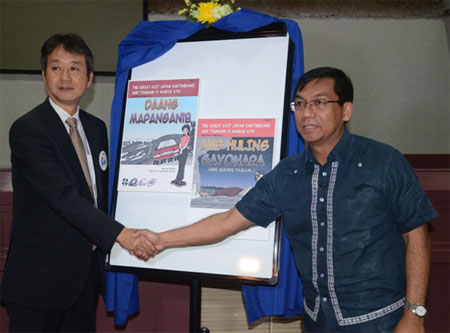
Comics for disaster preparedness. DOST-PHIVOLCS Director Renato Solidum (right) and Japan International Cooperation Agency (JICA) Chief Representative Takahiro Sasakiconcur to a closer partnership in disaster preparedness as they present to the public the two comics produced through their joint project. Titled “DaangMapanganib” and “AngHuling Sayonara”, the comics tell the stories of Filipinas who went through the great March 11, 2011 earthquake and tsunami that devastated Japan, and how they were able to recover from their loss. The comics also feature lessons learned and tips on what to do before, during, and after an earthquake or a tsunami. (Photo by Gerry G. Palad; Text by Framelia V. Anonas, S&T Media Service)
The launching took place during the inaugural session of “Info Sentrosa PHIVOLCS”, a press conference held last March 7, 2013 at the PHIVOLCS Auditorium, University of the Philippines campus in Diliman, Quezon City.
The comics materials “DaangMapanganib” and “AngHuling Sayonara,” which had been pre-tested in selected schools, as well as the video, tell the stories of Filipinos in Japan who experienced the earthquake and tsunami that Japanin March 2011, resulting in the death of more than 15,000 individuals and heavy structural damage.
The production of these info materials are among the initiatives under the four-year project billed as “Enhancement of Earthquake and Volcano Monitoring and Effective Utilization of Disaster Mitigation Information in the Philippines” – a collaboration between JICA-Manila and the Japan Science and Technology Agency (JST), which combines the expertise of both Japanese and Filipino specialists.
To develop these materials, PHIVOLCS and its partners JICA, JST, and the National Research Institute for Earth Science and Disaster Prevention deployed teams to Miyage, Iwati and Fukushima prefectures in Japan, some of the places most affected by the catastrophe billed as “The Great East Japan Earthquake and Tsunami.” The teams conducted interviews with survivors in order to capture their experiences and identifythe lessons learned.
According to PHIVOLCS Director Dr. Renato U. Solidum Jr., the materialswill be distributed among the different schools especially those along the country’s eastern shoreline. Distribution will be coursed through the Department of Education and local government units.
“We will translate some of these [comics materials] into the different dialects. We will also produce a longer, full version of the video. Also, we are thinking of other ways to inform and educate more Filipinos on disaster preparedness, like tapping social media. Whatever information we have, we will certainly post on our website and Facebook page. We may also tap the power of text messaging,” Dr. Solidum emphasized.
Meanwhile, JICA Chief Representative Takahiro Sasaki expressed his hopes that the video will be shown on local television.
In addition, PHIVOLCS and its partners are also producing self-evaluation toolkits for homes and buildings which will help households and building owners to determine whether their structures are strong enough to withstand disasters.
Aside from the launching, PHIVOLCS likewise presented its plans under the joint JICA-JST project. Among others, the institute is currently working toward obtaining improved earthquake information in real time. PHIVOLCS hopes to achieve thisvia the installation of broadband and strong-motion seismometers, advanced and rapid earthquake source analysis system, real-time intensity meters, and enhancement of tsunami warning system and real-time sea level monitoring system, among others.
“With broadband sensors, we are able to monitor the big earthquakes, and determine whether the earth moved horizontally or vertically. If it moves with vertical components, the risk of having a tsunami is greater. For volcanoes, these enable us to monitor volcanoes in real time, wherever we are as long as there is internet connection. This knowledge would allow us to anticipate future activities. Interpreting the data is better and faster now,” explained Dr. Solidum.
Also in the pipeline is a portal site for improved disaster mitigation.
“The processed data will be accessed publicly once we establish the portal, hopefully by next year,” the PHIVOLCS director said.
“Info Sentrosa PHIVOLCS” is a regular press conference which aims to update the public onPHIVOLCS’ latest accomplishments and plans under the Japan-Philippines partnership for disaster preparedness. Dr. Solidum explained that the term “Info Sentro” was coined by PHIVOLCS to mean that any information they gather should be shared with the public immediately. S & T Media Service, DOST-STII
Written by: Angelica A. de Leon
Wednesday, 13 March 2013 07:26



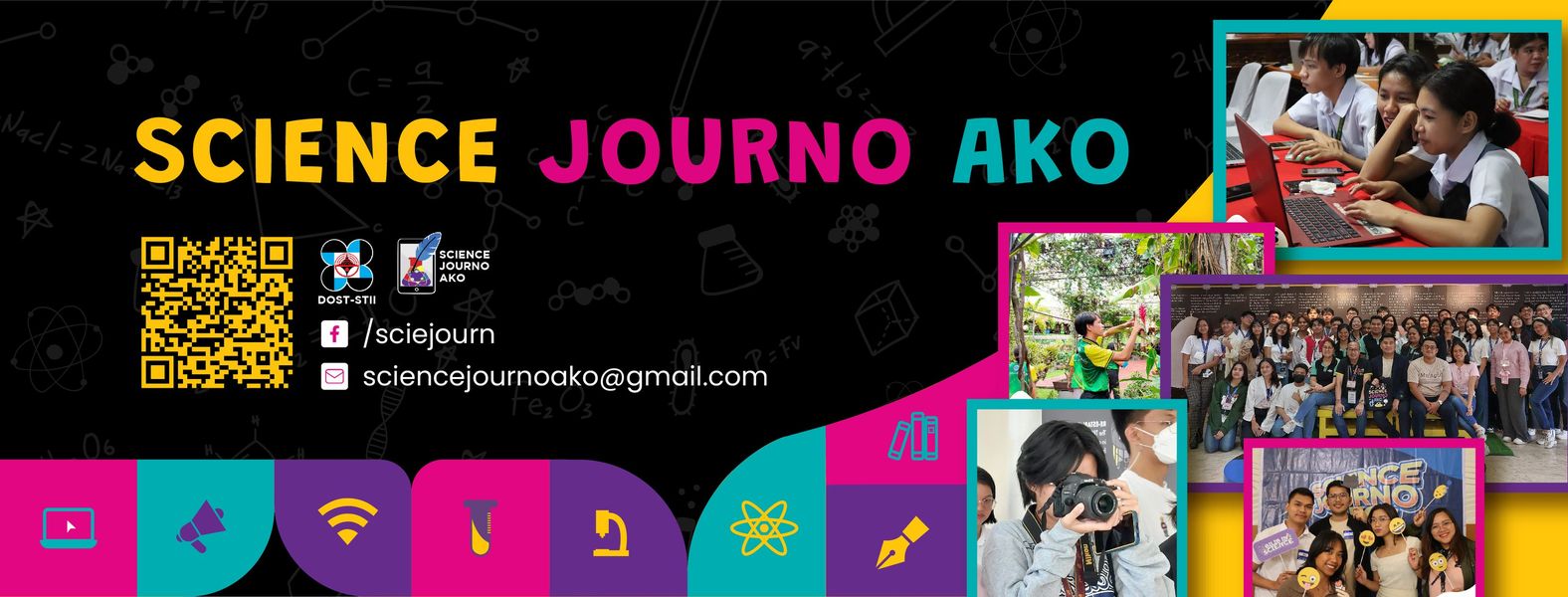
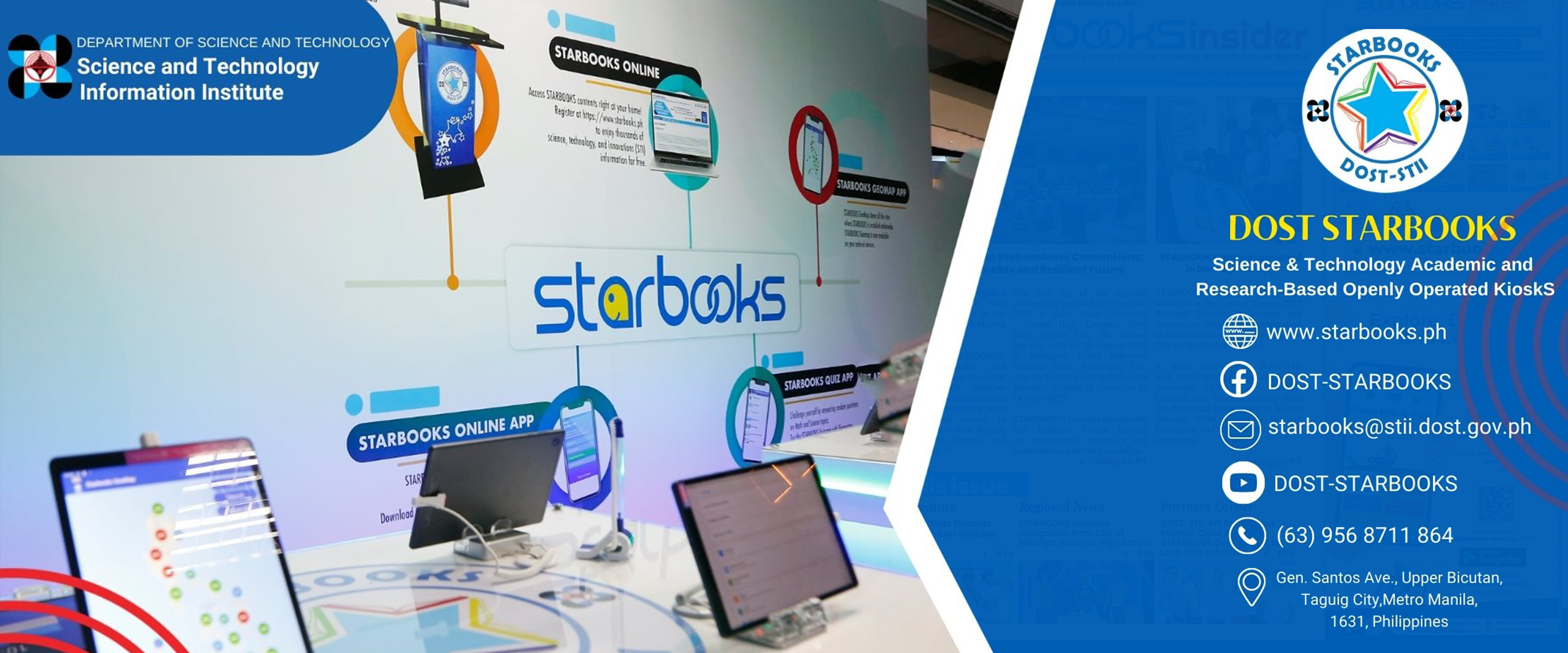
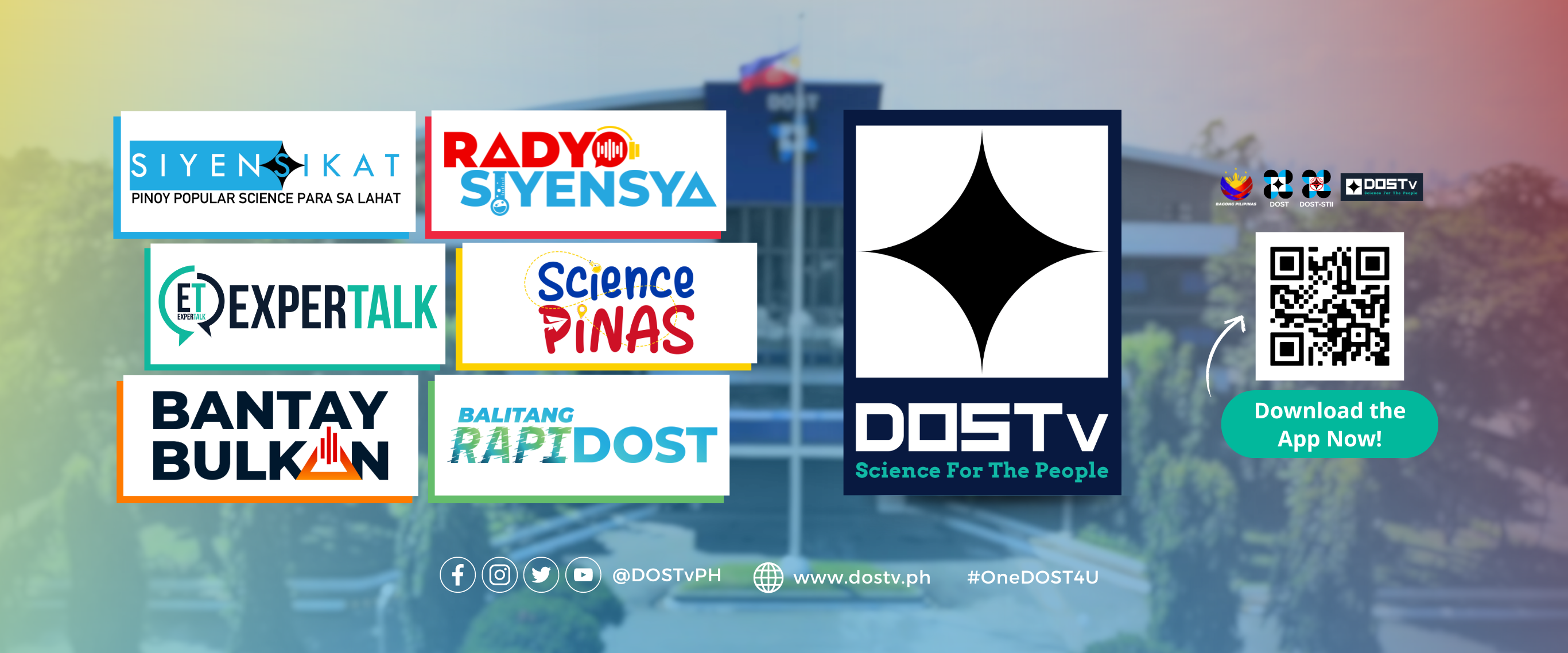

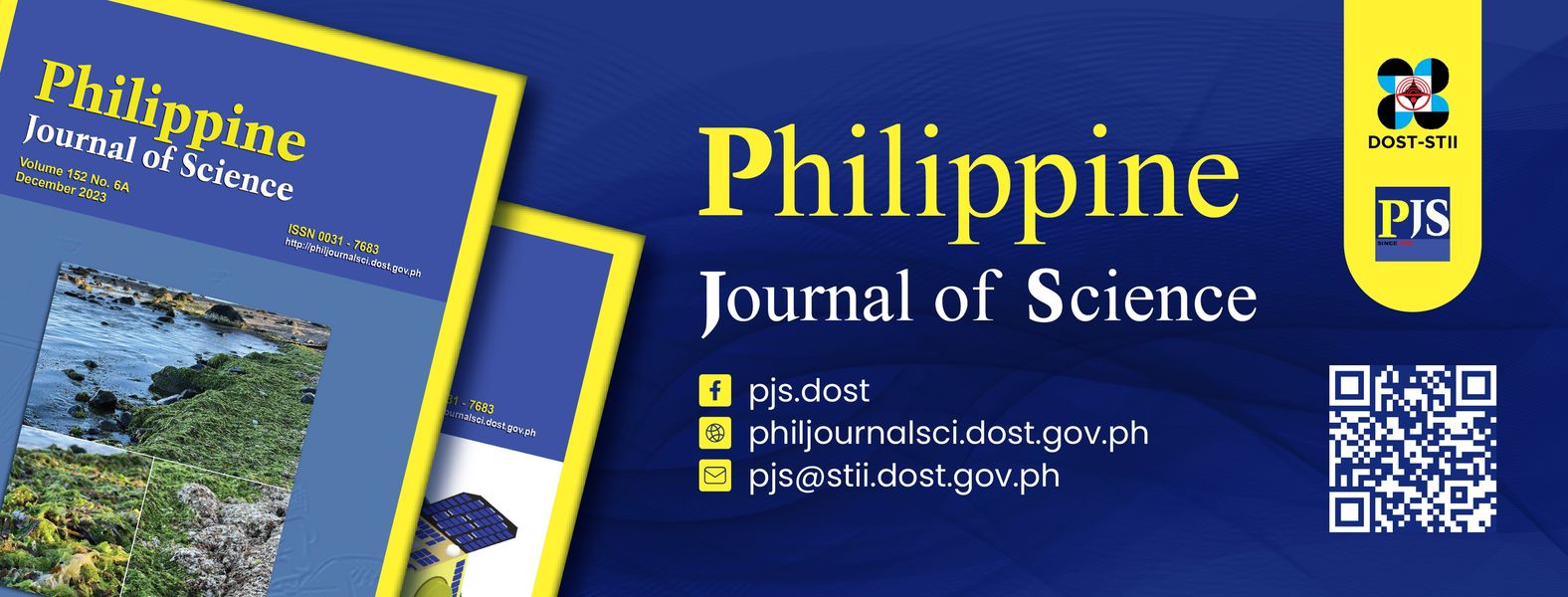




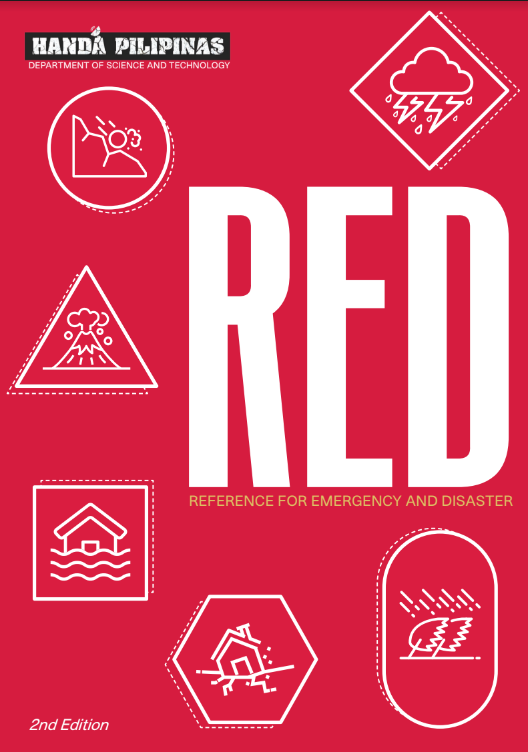





 21 in 2021 Technology Catalogue
21 in 2021 Technology Catalogue 21 in 2021 Technology Catalogue
21 in 2021 Technology Catalogue DOST Innovations - Web and Mobile Applications for Disaster Risk Reduction and Management
DOST Innovations - Web and Mobile Applications for Disaster Risk Reduction and Management